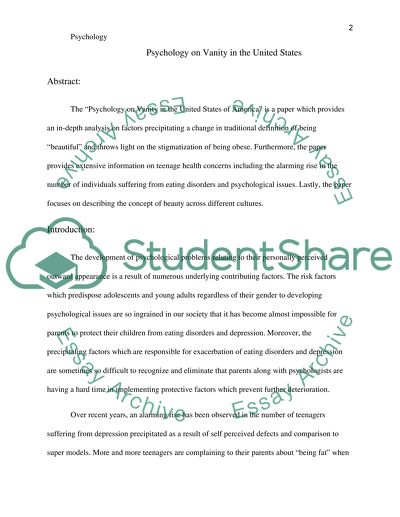Cite this document
(“Psychology on Vanity in the United States Research Paper”, n.d.)
Retrieved from https://studentshare.org/psychology/1398342-the-psychology-on-vanity-in-the-us
Retrieved from https://studentshare.org/psychology/1398342-the-psychology-on-vanity-in-the-us
(Psychology on Vanity in the United States Research Paper)
https://studentshare.org/psychology/1398342-the-psychology-on-vanity-in-the-us.
https://studentshare.org/psychology/1398342-the-psychology-on-vanity-in-the-us.
“Psychology on Vanity in the United States Research Paper”, n.d. https://studentshare.org/psychology/1398342-the-psychology-on-vanity-in-the-us.


